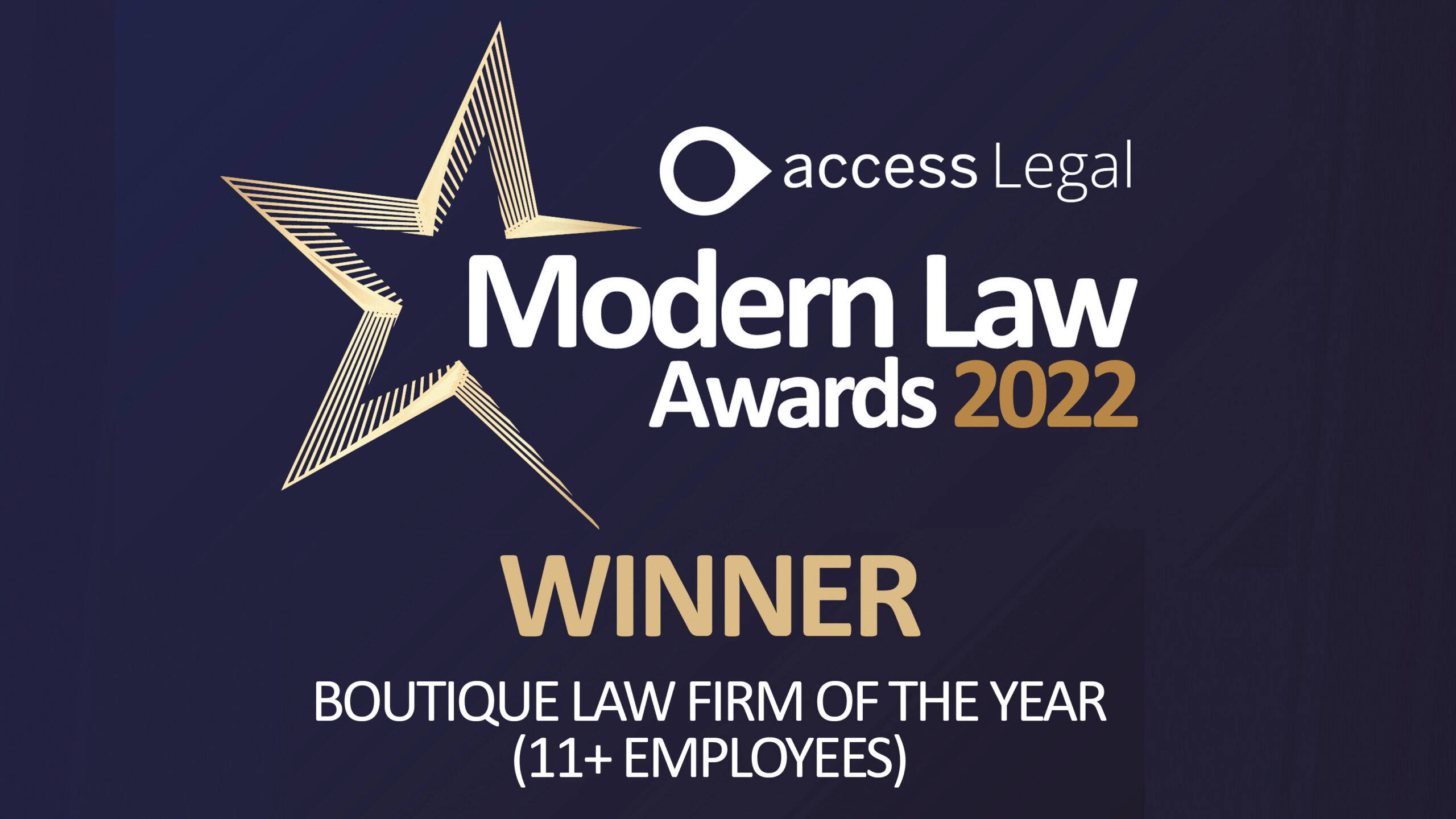Since the Government’s Coronavirus Job Retention Scheme was announced, we have been inundated with queries about furloughing employees, to qualify for the Scheme.
“Furlough” itself doesn’t mean anything in particular in UK employment law. It appears to be a turn of phrase which the Government has chosen to apply to this particular situation; when employees are off work, paid, but would (alternatively) be laid off or redundant, but remain employed in times of economic crisis. It is unclear whether HMRC intends to rely on this guidance only, or whether there will be actual legislation as yet but as soon as we know we will update this blog.
What is the Scheme?
The Government’s Coronavirus Job Retention Scheme was announced on Friday, with the intention of reducing the number of layoffs and redundancies. The Government’s aim is to get this scheme up and running before the end of April. The Scheme is not limited only to those employees who would have been made redundant as per previous guidance and is open to all UK employers that had a PAYE scheme in place on 19 March 2020 providing the employees have a UK bank account. Employees are retained as employees, but 80% of the salary (up to £2,500) will be paid for, for 3 months, by the Government under this Scheme. Once furlough ends, they will go back to work as normal.
Any organisation with employees can apply, including charities, recruitment agencies and public authorities; however, the government does not expect public sector employers to use it as long as central government continues funding wage costs in the normal way. With agency employees, the scheme is only available for agency employees who are not working.
Employers can reclaim up to 80% of wage costs up to a cap of £2,500 per month, plus (not including) the associated employer NICs and minimum auto-enrolment pension contributions on that wage. New Guidance has provided that this can be used to include previous overtime, fees and compulsory (contractual) commissions – but does not include tips, discretionary bonuses, commissions or benefits of any kind.
An employer can choose to top up to 100% but does not have to (subject to employment law and renegotiating any contractual entitlements).
The 80% of the employee’s salary is based on the higher of
(1) The earnings in the same pay period in the previous tax year;
Or
(2) The average earning the previous 12 months (or less, if they have worked for less).
For an employer to qualify for the payment under the scheme, the employee must have been furloughed for a minimum of three weeks solid. After this three-week period the employee can come off furlough. Therefore, this means an employer can rotate staff between furlough and non-furlough.
It is a grant so is not repayable by the company. The current guidance is that all UK businesses will be eligible.
Dependent on the contract, it is likely that you will require the employee’s consent, as their status will change to a “furloughed” employee. We are recommending this is done in writing in case evidence is needed or a dispute arises down the line.
An employer will also be able to choose whether the employee only receives the Government subsidised 80%, or whether the employer meets the cost of the additional 100%. If the intention is for the employer to receive only 80% of their salary then you will, again, need to obtain their agreement to such a decrease in salary. If you are receiving public money to pay someone’s salary, or part of it, you must continue to use that money to pay that employee and should not furlough them.
When agreeing changes in hours (and acceptance of 80% pay), assuming the contract does not already allow for that, normal employment law applies. The employer must be careful not to discriminate in deciding who to offer furlough too. My view is that prioritising vulnerable workers is unlikely to be discrimination, as prioritising the over 70s (direct age discrimination against those under 70) is almost certainly justifiable, and those who do not suffer from serious health conditions are not a protected class.
At this point, we should add, that we are still awaiting further government guidance and potential draft legislation, so there are still some points that are still unclear, and the advice below may be subject to change as the further information develops.
When is the portal open for the Coronavirus Job Retention Scheme?
HMRC have confirmed that an online portal is set to be introduced for the Scheme, where employers can apply for the reimbursement. The portal also intends to offer new guidance in a bid to help those submitting claims. It will be processing payments of staff who have been subject to furlough. This is set to open from Monday 20 April 2020 whilst payments are set to be made by Thursday 30 April.
It is expected that payments will be made within 4-6 working days of HMRC receiving a claim.
Guidance has stated that the portal will be open on a 24/7 basis, and in the event that the portal is facing extremely high traffic, which is to be expected, online users will be placed within a queue.
HMRC has confirmed that they will prosecute employers who abuse the system and has encouraged employees to inform HMRC where this is taking place, to avoid being complicit. We believe that examples of abusing the system would be, most prominently, still requiring employees to work whilst furloughed.
Who is furloughed?
As far as we understand, the Scheme will only reimburse the wage costs for any employees who were paid through PAYE and employed on 19 March 2020. This means employees taken on after the 19 March 2020 are excluded from the scheme. However, employers will be able to re-employ people who have since been made redundant after the 19 March 2020 and furlough them.
An employee must be notified in writing of their employee status and must keep a record kept for 5 years after furlough. If you haven’t done this, we can support you and provide you with a furlough agreement; please just get in touch.
You can claim the furlough 80% for employees who have (for example) childcare commitments due to school closures or are vulnerable and therefore should self-isolate in line with public health guidance.
In terms of company directors, from our understanding they can be furloughed but only if they aren’t doing any work apart from statutory duties (which is very limited, and includes filing annual returns, board meetings etc). The furlough in this case would have to be part of a formal board decision, noted in the company records, and the company should make sure they have a paper trail of this decision and that it is communicated in writing.
If you are employed by your own umbrella company, your umbrella company can furlough you. And if you are an individual and employ a nanny or cleaner etc – you can furlough them provided they have been paid through PAYE, you don’t need to be a limited company etc to do so.
Employees on sick pay or self-isolating cannot be furloughed but can be furloughed afterwards. In relation to sick pay, if an employee is sick and self-isolating, those individuals can only get SSP (and can provide sick notes through 111 online); as furlough is only available after this. Employees who are shielding (these are the high risk people) can be placed on furlough.
Employees on maternity (or similar) leave can continue to draw SMP (or similar) payments. The guidance does not prohibit women on maternity leave agreeing to return to work early and then being furloughed, or electing to change to shared parental leave and then being furloughed.
Employees selected to be “furloughed workers” should be selected for furlough based on their job responsibilities and whether they would truly otherwise be laid off or redundant, and should ensure that they don’t consider any protected characteristics (eg. gender, disability, pregnancy and maternity) in the course of making such decisions, as this could be discriminatory.
With regard to those employees who had previously resigned or whose new jobs have been delayed. They may be able to ask their former employer to reinstate them and then furlough them. Similarly, where an employee has been made redundant, they can be reemployed and furloughed. However, the employer is under no obligation to do so. We are concerned that doing so may jeopardise an employee’s otherwise legitimate claims under the Scheme.
In this respect HMRC might not reimburse the salaries. Unfortunately there’s still not complete clarity over whether re-employed employees will be suitable for the Scheme. We are concerned that doing so may jeopardise an employee’s otherwise legitimate claims under the Scheme.
Under these circumstances you would have to fund this yourself, and then seek reimbursement thereafter, unless they agree to defer their salary. Please note, where someone was dismissed for gross misconduct or who have resigned, employers should be very careful if taking them back, as the risk is on the business.
What can employees do whilst furloughed?
Employees existing employment contracts will remain in force whilst employed, which means that they will also continue to accrue holiday and be able to access any contractual employment benefits, whilst furloughed.
An employee who is on furlough leave can choose to volunteer or do training so long as it does not generate any money for their employer. The new guidance makes it clear; an employee who has been furloughed CAN work for another employer. It can’t be for the same employer as they can only volunteer or do training for the employer who has furloughed them, but they are permitted to work for another company (provided their contract permits this). This means they can earn 80% from furlough, and 100% in a new job.
As per new government guidance, apprentices can be furloughed as other employees, and they can continue to train whilst furloughed. However, you must pay your Apprentices at minimum wage for the time they spend training. This means you must cover any shortfall between the amount you can claim for their wages through this scheme and minimum wage.
Employers can only claim once every three weeks, i.e. they cannot get weekly reimbursement. Claims can be backdated to 1 March 2020. Finally, employees can be furloughed multiple times, provided that each period of furlough is at least 3 weeks.
Can employees put themselves on furlough leave?
Essentially, no. Employees can suggest it may be a good solution or alternative to any threat of redundancy, but at the moment the guidance suggests that, to qualify for furlough leave, employers will have to show that those employees would otherwise be laid off or redundant, and not simply that they would be on unpaid leave. That is a threshold which only the employer can evidence.
Employees cannot simply place themselves on furlough leave; it has to be agreed with their employer.
Hundreds of thousands of businesses are having to make substantial adjustments in an effort to come out of the other side of coronavirus, this is an especially tough undertaking given the uncertainty as to when this situation will come to an end or what the economy will face once we are able to emerge.
How does furlough work in conjunction with annual leave?
In line with brand new government guidance, we understand that employees can take annual leave whilst furloughed, as they are not mutually exclusive statuses.
However, if an employee is set to take annual leave whilst they are furloughed, they must be paid in full for this leave (at 100%), where the annual leave is part of the employee’s first four weeks of entitlement. Employers should still be able to claim the 80% back.
Further information has been covered on this topic on our new blog explaining furlough and annual leave, which you can find here.
Temporary workers
If you’ve been employed (or engaged by an employment business in the case of agency workers) for a full year, employers will claim for the higher of either:
- The amount you earned in the same month last year
- An average of your monthly earnings from the last year
If you’ve been employed for less than a year, employers will claim for an average of your monthly earnings since you started work. The same arrangements apply if your monthly pay varies such as if you are on a zero-hour contract.
If you started work in February 2020, your employer will pro-rata your earnings from that month.
Bonuses, commissions and fees are not included as part of your monthly earnings.
Here at Thrive, we are providing support through our helpline at coronavirus@thrivelaw.co.uk and we are also offering specific advice and draft letters for employers to agree with their staff furlough leave, at a reduced fixed fee. Please do not hesitate to get in touch if we can be of any assistance.
By the Thrive Tribe
(updated 15 April)
Anything within this article should not be taken as legal advice. Any information provided will be general advice and for reference purposes only. It does not constitute legal advice and should not be relied upon as such. Specific legal advice about your specific circumstances should always be sought separately before taking or deciding not to take any action. If you wish to obtain specific advice to your situation and your decisions, please contact us and we will thereafter be able to advise.









